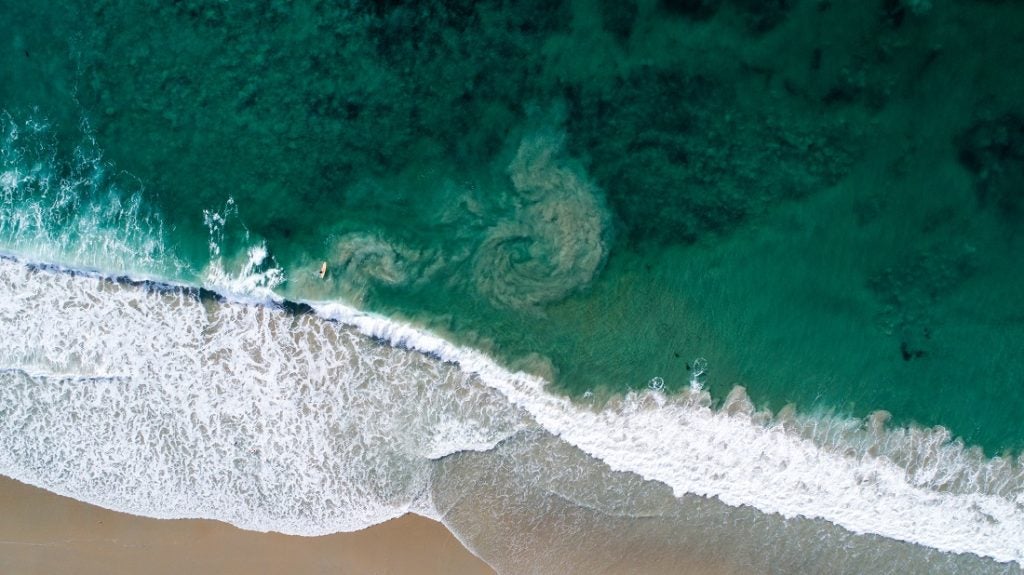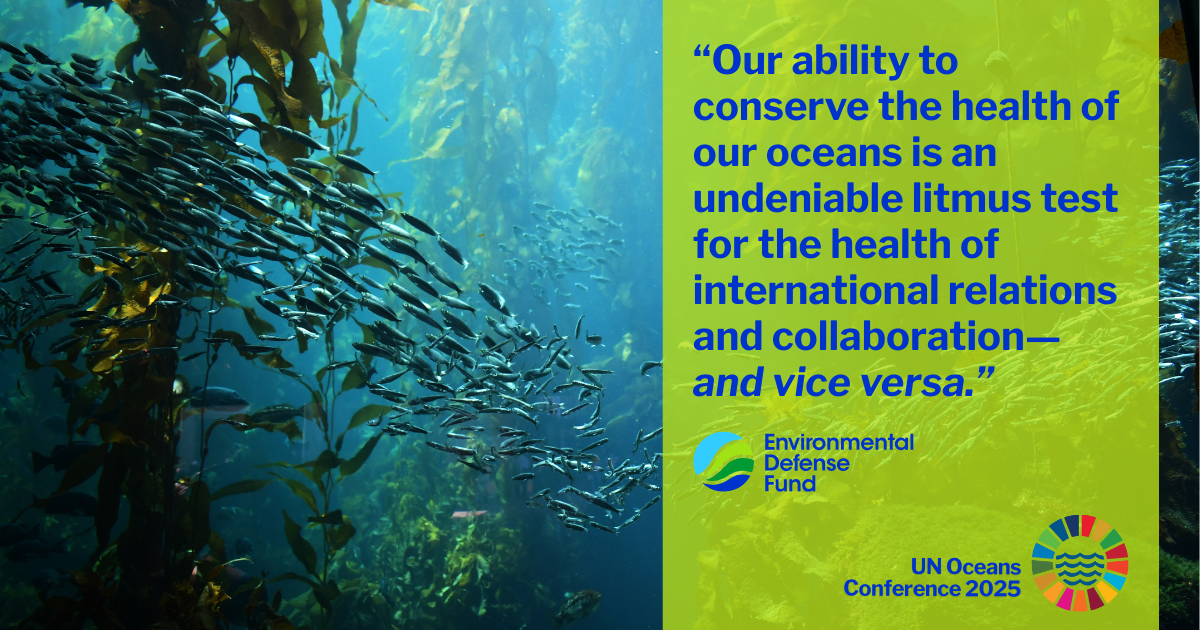The oceans’ twilight zone? More important than you can imagine!
By Douglas Rader, Jamie Collins and Edith Widder, CEO & Senior Scientist, Ocean Research & Conservation Association
People of a certain age will recall being mesmerized—perhaps terrified!—by a television series called “The Twilight Zone,” which ran 156 episodes from 1959 to 1964. The show, which focused on people’s experiences at the edge of reality, is among the best loved and highest rated television productions of all time. Today, the edge of the unknown exists closer than you many think—in the sea, at the wonderful and strange, just-dark middle depths, where light fades and strange creatures lurk.
New science has made it clear that life on Earth may well depend upon the startlingly strange and interesting organisms that live in the oceans’ twilight zone and that we must act now to protect it. We support an immediate moratorium on the development of new fisheries targeting twilight-zone species until we know enough about how these organisms accelerate the sinking and storage of carbon within the oceans to assure protection of that key function.
Diving into the twilight zone
As sunlight penetrates into the sea, it is transformed. The color shifts from brilliant turquoise in clear surface waters to deep indigo and finally charcoal gray dimming to pitch black with increasing depths. In clear ocean water, the light intensity decreases at least ten-fold for every 75 meters of descent, leaving insufficient light for photosynthesis below about 200 meters of depth, but still enough light to see at depths of 1000 meters. This twilight realm is called by scientists the mesopelagic zone.
The mesopelagic zone is not the biotic desert that one might imagine, but rather a swarming sea of life. The darkness creates a fabulous place for organisms of many types to hide from visual predators lurking nearer the surface. This is no small matter—the organisms of this zone are among the most abundant on the planet, so densely packed in places that they create deep scattering layers, which show up on sonar returns from surface ships. The types of fish species found here are among the least familiar to all but experts: lantern fishes, bristle-mouths and hatchet fishes, among many others. More familiar near-surface organisms, including many marine mammals and large-bodied fishes like swordfish and tunas, know that a wealth of life is there and dive deep to hunt mesopelagic prey.
Perhaps most important is that, as night falls, the edge of darkness ascends towards the surface, allowing swarms of mesopelagic creatures to move upwards to forage before retreating into the abyss as light begins to return. The nightly vertical migration that results around the world’s oceans is among the largest animal movement patterns in existence. It constitutes a mighty—if unseen—heartbeat of the sea.
This basic pattern has created selection pressures for all kinds of weird and astonishing morphological, physiological and behavioral adaptations. Among the most stunning are the incredible array of bioluminescence strategies that many denizens of the mesopelagic employ to find prey, to find mates or to otherwise gain a selective advantage. Read the book, “Below the Edge of Darkness,” for the chapter and verse of this fascinating natural history.
A cadre of professional scientists have been exploring the twilight zone and deep sea with submersibles and autonomous robots for decades. In recent years, citizen scientists have joined them, exploring the nightly darkening zone in scuba gear to capture photographs of never-before-seen organisms moving up from the darkness below. A new field of black water photography has yielded among the most stunning images ever seen—exposing just how little we know about what goes on in the abyss. Nearly every dive into the twilight zone reveals never-before-seen creatures, some seemingly designed as extras in “Alien” rather than as practical Earth-bound organisms.
Mesopelagic fish & carbon storage
New science has made plain just how important the mesopelagic realm is not only to life in the sea but also to larger-scale biogeochemical cycles on the planet we share. In particular, the daily rise and fall of armies of mesopelagic organisms—upward at night to feed, then back downward during the day—acts as a giant carbon express elevator, accelerating the movement of carbon absorbed from the atmosphere into the depths of the oceans.
As strange as it seems, the aggregate downward gravitational movement of fecal pellets, slime, plant fragments and body parts—sometimes called marine snow—has long been recognized as a major process in moving carbon from the oceans’ surface to their depths, where it can be stored for hundreds or even thousands of years. This downward movement of atmospheric carbon to long-term storage is one of the planet’s primary defenses against human-accelerated global warming and ocean acidification.
Scientists now recognize that migratory mesopelagic organisms play an important complementary role within this biological pump; by taking some carbon from the surface ocean with them as they actively move back down at night, organisms from the ocean twilight zone can make the transfer of carbon occur even more rapidly than under gravity alone. New science points to the staggering scale of the carbon transfer mediated by these organisms—on the order of gigatons of carbon per year, commensurate with the scales of annual anthropogenic emissions in major developed countries in the global North. But today, this out-of-sight but critical ocean resource and the massive ecosystem service provided by this mesopelagic migrant pump are at risk.
Growing demand, growing risks
Over recent decades, every prospective seafood target has become fair game for exploitation, and seafood has become one of the most heavily traded commodities. The abundant organisms of the mesopelagic zone are not exempt. Squid—among the top predators of the mesopelagic zone—are the focus of very large global fisheries and supply chains that reach around the world. Krill in the Antarctic—key food for baleen whales—are already heavily exploited, and interest in other small and abundant mesopelagic animals is now following suit. Now, several industrial fishing nations are gearing up to build wholly new fisheries to begin actively exploiting these extremely abundant twilight zone species, despite the threat that reduced abundances might pose to global carbon processing and global warming.
Standard protocols for establishing performance goals for fisheries are based only on the continued ability of a fishery to produce target species amounts or to maximize economic value. Only a few fisheries management plans are even beginning to build in protection for ecosystem functions like prey provisioning for other target species or for ocean wildlife, and none have yet built-in protections for large-scale ecosystem function. Thus, even the best fishery management approaches today are completely inadequate if applied to new fisheries in the mesopelagic zone, where the consequences for carbon processing remain unknown and potentially dire. And given that there is no competent management authority for these species in areas beyond national maritime boundaries, it’s hard to envision their sustainable exploitation.
What’s next?
With better information and greater understanding of the role of the mesopelagic in supporting and protecting key ecological and biogeochemical functions, as well as the development of management tools that adequately account for these functions, perhaps some carefully managed fisheries might be possible. But the potential negative consequences of taking mesopelagic fish resources in amounts that would meet global demand before we understand their role in global life-support systems are great. And that is even before we consider the wonder and beauty at risk. Therefore, to ensure that these fantastic creatures endure, we support a global moratorium on directed fishing in the ocean twilight zone unless and until the science is available to fully support and protect the key ecological and biogeochemical roles of the organisms that live in these inky depths.















